
Our cost reduction consulting services provide an objective perspective of your current financial state and the root causes driving your cost-cutting requirements. Whether the current economic influences are driving the need to tighten spending or not, implementing thought-out and well-executed cost containment controls and cost reduction strategies will ensure that the right disciplines are in place to give your organization a competitive advantage.
Many organizations attempt to cut costs without a well thought out financial assessment and strategy. This often leads to cutting staff as a first resort resulting in reduced productivity, impacting your revenue and customer experience. Choosing the right cost reduction strategies for your business requires an objective understanding of your organization’s current state and how it compares with industry benchmarks, economic influences and operational and leadership dynamics. Our business consulting cost reduction and business process improvement services will address your specific challenges and objectives to plan and implement the most appropriate sustainable cost saving strategies in your workplace often without reducing headcount.
As one of the leading cost reduction consulting companies, we provide organizations with trusted insights derived from broad financial, operations and process improvement consulting experience across most industries. Our practical approach provides the necessary strategic guidance to reduce and manage business costs with confidence. Whether it’s reducing labor costs, manual work, or a plan to improve operational performance to achieve efficiencies, we help organizations identify and prioritize operational cost savings initiatives that will reduce costs sustainably and also free up your resources to focus on tasks that improve productivity and increase margins.
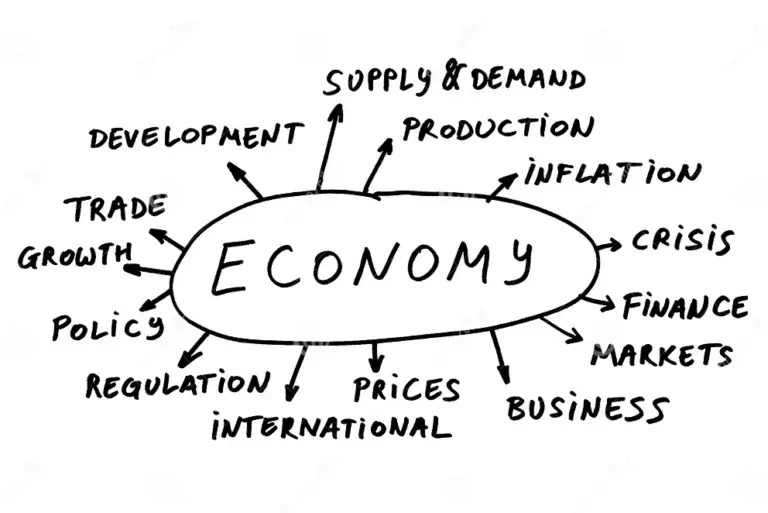
Businesses that neglect to prepare for economic uncertainty expose themselves to financial and operational risks that could lead to dire consequences. It is often these circumstances that force cost cutting initiatives as ‘reactionary’ measures.
By adopting a proactive and strategic approach to unplanned events, your business can transform adversity into an opportunity for growth rather than reverting to cost cutting solutions.
When your business is aligned on proactive plans to adapt to changing market conditions, it will respond swiftly and strategically versus radically. Ensure while looking for cost cutting strategies today, that you build a solid plan to address future financial challenges to stand a better chance of weathering storms and thriving in the face of adversity.
Our cost reduction practices are forward-thinking with the intention to lower your operating and overhead costs in the short term and allow your business to achieve sustainable growth in the long term. Many organizations focus on cutting resources as a first step, leading to reduced productivity, customer dissatisfaction and revenue shortfalls. That doesn’t have to be the case. Choosing the right cost-reduction strategies requires a solid understanding of your organization’s unique circumstances and the external influences impacting it. We apply our vast experience across most industries and solid financial consulting expertise to assess your current state and strategic goals which then lead us to create the most appropriate sustainable cost-reduction initiatives, often without reducing headcount.
Organizations have come to expect our personable approach and pragmatic solutions that only come from boutique management consulting companies who understand the real value of client satisfaction. We are large enough to be agile, to respond quickly and to provide consultants with the specific expertise you require, yet small enough to understand the value of tailored solutions that are practical, achievable and strategic in line with your overall business growth objectives. Our cost reduction methodology involves leveraging technology, optimizing processes, reducing waste and building resource capabilities to support a lean and efficient business for the future.
"Many organizations focus on cutting resources as a first step, leading to reduced productivity, customer dissatisfaction and revenue shortfalls. That doesn’t have to be the case."
By conducting a risk analysis that flags the severity of potential revenue shortfalls, a company can focus on identifying and building out new opportunities to cushion your business for unexpected losses such as:
Create a cost cutting plan before you need it. Determine the value of each measure, who/what is impacted, and the lead time required to implement it.
Planning in advance, ensures your key stakeholders have bought into the cost cutting measures so that tough decisions can be made quickly, when a crisis occurs. A sound Plan B, for immediate or short term cost cutting measures, requires the details necessary to implement them, and the lead time required to effect the savings.
The first step is to look at big-ticket, low-impact items across your organization. Then decide which can be postponed or avoided. Can multiple services be bundled? Do you need so many software licenses or association memberships and are they all being used?
Get in the habit of cutting unnecessary costs and increase your cashflow to support business growth. In order to sustain these cuts, you’ll require proper financial controls to be in place.
Build a solid foundation for growth by creating a decision matrix for ‘value-add’ expenditures, and ensure your team conducts a continuous improvement assessment of practices across their financial activities.
The typical first step companies will take when faced with cash flow issues, is to lay people off. The impact this has on morale, your company reputation and the individuals who directly suffer can be more damaging than the immediate benefit of reducing the bottom line.
Remember, layoffs do not cut the amount of work that needs to be done – only the people who are available to do it. This makes the situation just as bad for the people who stay as the ones who leave, since their workload increases.
Look at your company values first, to guide your cost cutting decisions and reach out for help when you require additional cost reduction consulting services to achieve your financial targets quickly and effectively.
It can sometimes feel like a balancing act between keeping your doors open and supporting your hardworking employees. Consider the following opportunities to reduce costs by increasing value, capacity and performance of your people. Remember that decisions should support your company’s values and culture:
Our HR cost savings consulting services are designed to employ practical employee cost reduction strategies, increase buy-in and reduce the need to decrease or increase headcount
Improve performance measurement & management, training & development, and productivity while also improving morale. Let’s discuss how you can achieve greater value from your team!
The business of supply chain and logistics management is both complex and diverse. There are many opportunities within the Supply Chain to achieve cost savings. Creating a list of all high value supply chain and logistics cost reduction opportunities will help you to prioritize which initiatives to tackle first. Here are a few to start with:
Our seasoned supply chain consultants understand the complexities within supply chains and deliver market-leading services to address multiple opportunities for end-to-end cost cutting while considering the value of shortened lead times.
Improve efficiency and decrease unnecessary expenses while improving product quality. It can be done! Here are some manufacturing cost reduction measures that can help your company thrive:
Our lean manufacturing consulting services employ methodologies to extract value and decrease costs within your operations. Allow us to take a look at your manufacturing challenges to find the cost reduction opportunities that will offer the greatest return.
Implementing the right marketing cost reduction strategies requires careful decision making to ensure what you cut, does not impact your strategic objectives. Here are a few areas to consider the cost vs. the value of your marketing spend:
Our process improvement and cost reduction consulting services will improve marketing value and reduce costs to ensure you get the most bang for your buck.
Now more than ever your business should investigate technological advances to determine which will help you cut costs while propelling your existing operations ahead of the competition. Consider the following cost cutting measures:
There are so many technologies that this list of cost saving opportunities can go on and on. Let us assess your current technology to determine what can be done to advance your existing systems or what advanced technologies can be applied to support cost cutting strategies while advancing your business operations.
Procurement can add value to an organization if run effectively. If your procurement practises have lead to maverick spending, over or understocking, there are several things you can be doing to capitalize on cost savings:
If your team requires support to obtain better value from your suppliers, we have the necessary skills and procurement experience to negotiate for you. Let us help optimize your procurement practice to derive better value today and for the long term.
Remember a good rule of thumb before cutting costs – never sacrifice product quality, which is likely why your customers chose you in the first place. Ensuring product quality can be quite costly, so scout out other costs to reduce so that product quality can be maintained.
Here are some areas you can look for cost savings:
Some of all of these initiatives will work for your business but determining which will have the greatest impact both for short and long term is where we can help. Our retail and grocery operations expertise formed the foundation upon which The Poirier Group was built. We’ll help identify which cost containment path will work best for your company and follow through with its execution. Let’s talk about how our consulting team can accelerate savings to help you meet your targets.
Cutting supply chain costs should be a strategic imperative for your business’s long-term success. By optimizing processes, enhancing operational efficiency, and embracing innovative technologies, you can eliminate waste, reduce expenses, and improve overall productivity.
Here are a few areas to start:
The Poirier Group’s industry-leading supply chain and logistics services will deliver the most appropriate cost-cutting measures to support a leaner competitive supply chain allowing you to pass on savings to your customers while maintaining profitability.
Visit our Supply Chain Management Services section for further information on our services. Contact us today to see how our supply chain expertise will produce better results, faster.
The global health care landscape has undergone profound transformations. As nations and healthcare systems reevaluate their approaches, lessons learned from the pandemic have paved the way for a more resilient, patient-centered, and technology-driven healthcare future.
Healthcare is embracing innovation and technology-driven solutions now more than ever. Artificial intelligence, data analytics, and digital health platforms are revolutionizing disease diagnostics, personalized treatment plans, and drug development, promising a more precise and effective healthcare approach. All these innovative approaches require significant investment, at a time when governments and institutions are tapped out. There is no better time than now to reduce non value added work, to streamline processes and optimize resources for greater cost savings. Here are a few areas to consider:
Check out our Business Process Improvement page to understand how The Poirier Group drives efficiencies by implementing efficient workflow management solutions. Our performance improvement and Lean Six Sigma experts will find the time and money savings that you need to advance what matters most – your patients wellbeing and the cashflow to implement the latest innovations in healthcare.
The need for private equity firms to cut costs depends on the specific situation and objectives of the companies they invest in. If the goal is to improve financial performance and increase portfolio value over time, then cost-cutting can be one strategy to achieve these objectives, but it is not the only approach.
There are many areas to optimize within a portfolio company but choosing the best opportunities is often ‘hit or miss’. Our operations experience and lean six sigma acumen applied across a broad set of mid market companies provides us with the best perspective to assess your portfolio operation and determine the right path forward to creating the value your shareholders expect.
Private equity firms often assess each portfolio company on a case-by-case basis to determine whether cost-cutting is an appropriate strategy. It’s essential to strike a balance between cost optimization and strategic investments to ensure the long-term health and success of the business.
Let our cost reduction experts assess and deliver the most advantageous cost cutting measures for your latest acquisitions, freeing up cashflow and redirecting funds for performance improvement within the timelines you require.
TPG applies Lean Six Sigma methodologies to your manufacturing operation to reduce waste, inefficiencies and variation in your manufacturing process. Here are some areas you can investigate to determine if the ROI for each opportunity makes sense in your operation:
Our lean approach to optimizing manufacturing operations quickly identifies valuable time and money saving opportunities while also increasing productivity and performance. We invest in training our team so that you get the latest Lean Six Sigma Black Belt resources who provide superior advice, and strategic solutions that will transform your operations for superior results.
Our team of experienced Lean Six Sigma engineers build and/or implement custom software solutions to automate tedious processes within your business. Cloud-based customized software and dashboards can provide up-to-date data transparency across your business, allowing you to make real-time decisions. If you are looking to achieve cost reductions with IT, here are some areas to assess and prioritize initiatives based on their ROI:
Remember, cost reduction should not come at the expense of compromising security or system performance. It’s essential to carefully evaluate each cost-cutting measure’s potential impact on the organization and its ability to continue functioning effectively.
Leave the heavy lifting to our IT process improvement consulting team and enjoy the time and money savings that follow. Technology solutions are critical for saving money and delivering value in the modern world.
Although direct cost savings are easy to quantify, there are always larger indirect cost savings that can be found to increase efficiencies, reduce resource requirements, improve accuracy, productivity and customer experience all of which ultimately impact your bottom line.
Additionally, as your organization grows, many indirect cost savings initiatives lead to cost avoidance by not having to hire more staff as you grow setting you up to scale efficiently.
If your internal team does not have the capacity or capability, our team of lean six sigma consultants can help. They will identify and extract the highest cost savings possible by implementing methodologies to define both direct and indirect cost reduction opportunities. They will work with your team to ensure that any cost reduction strategies continue to support your current operations and sustain continual savings while also meeting your strategic objectives.
We do this by:
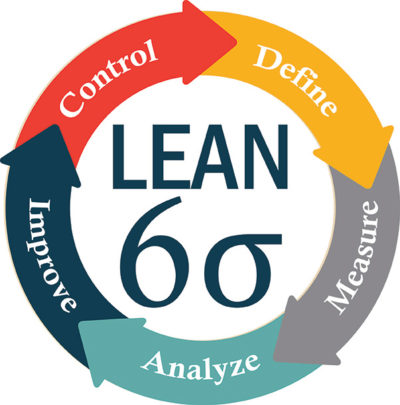
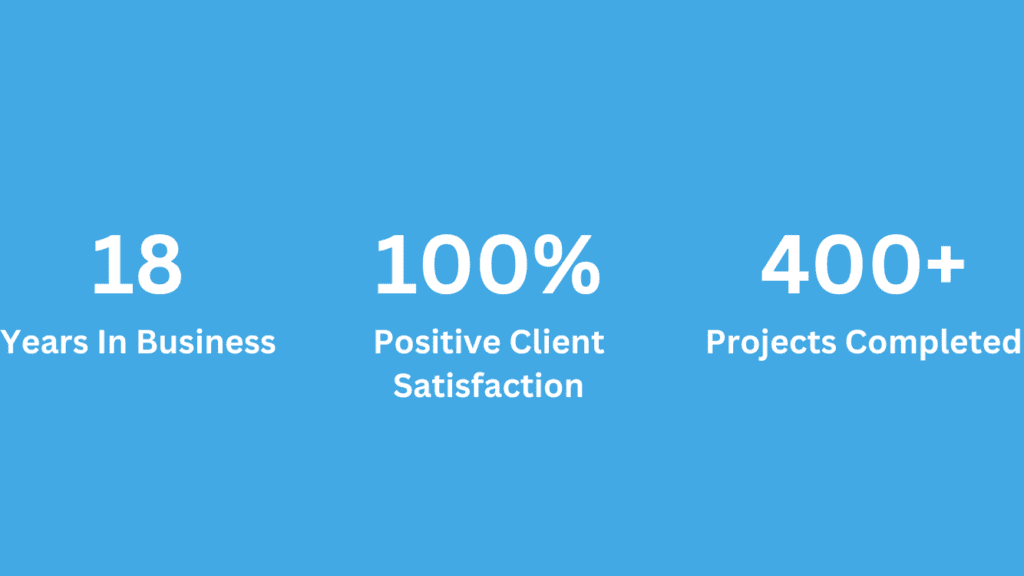
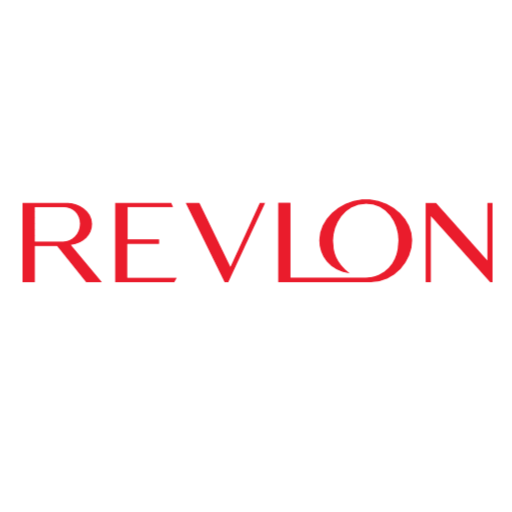

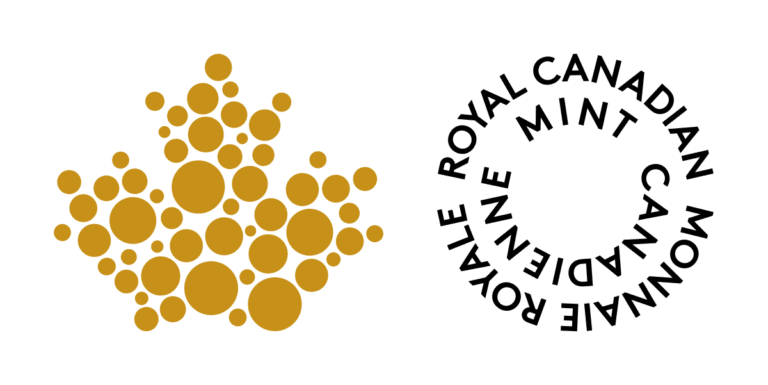




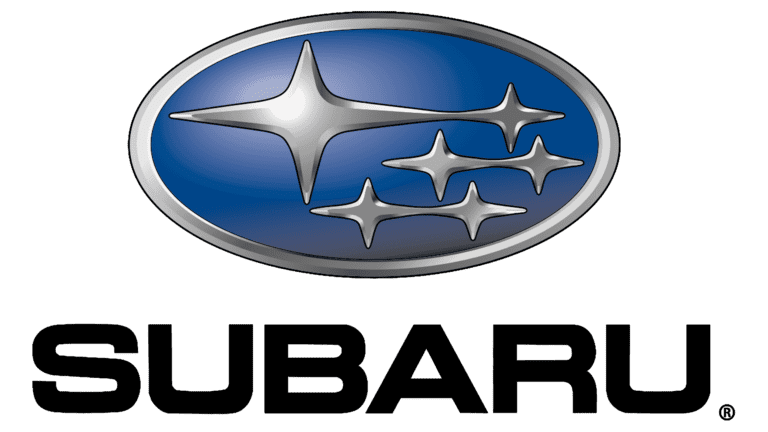








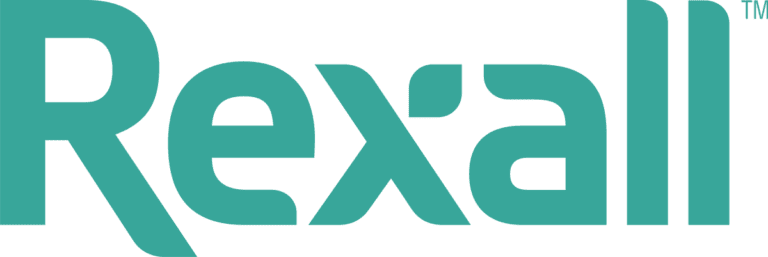


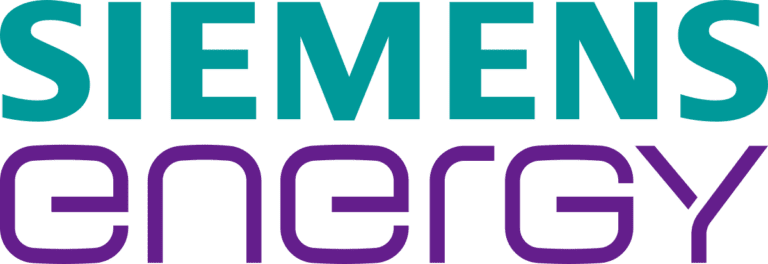

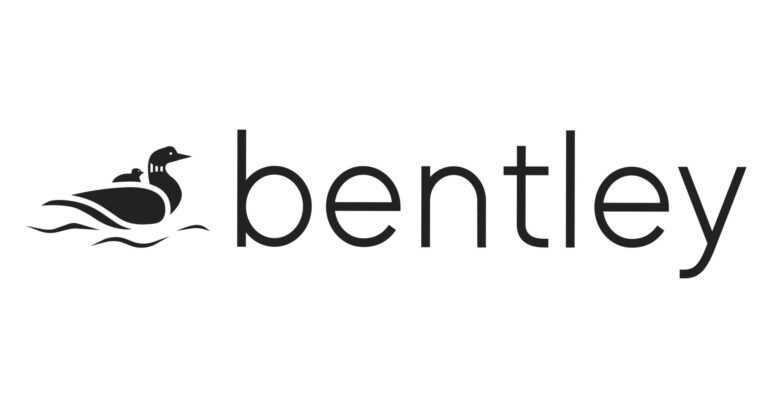


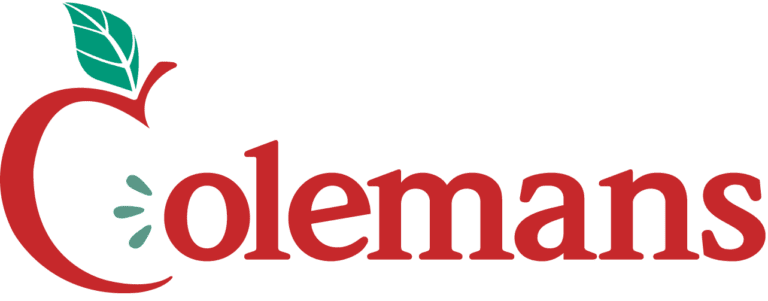
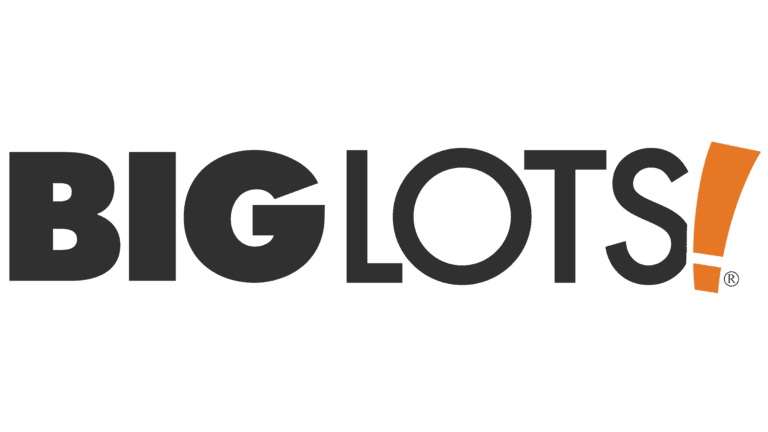
At TPG, while process improvement, strategy execution and performance optimization are core to what we do, we keep cost containment as a central benefit to many of our engagements, where our services almost always yield a positive ROI.